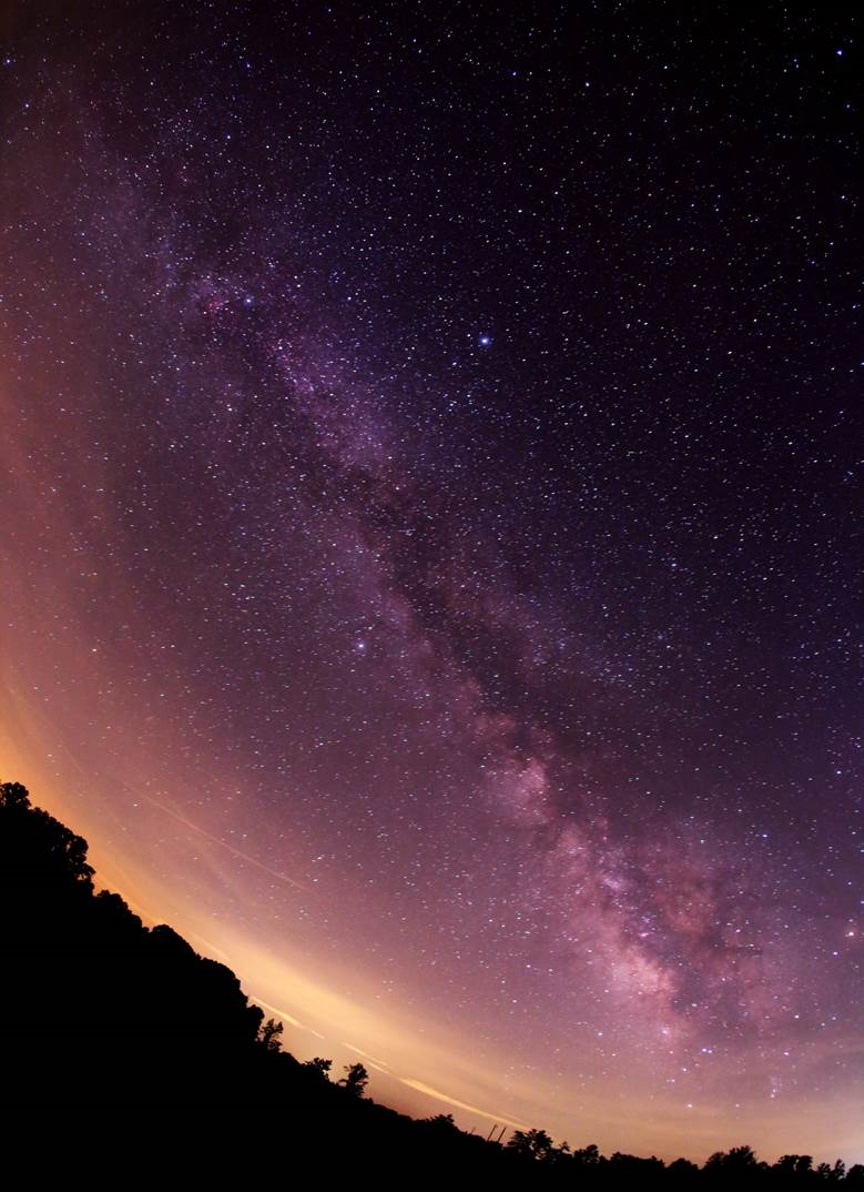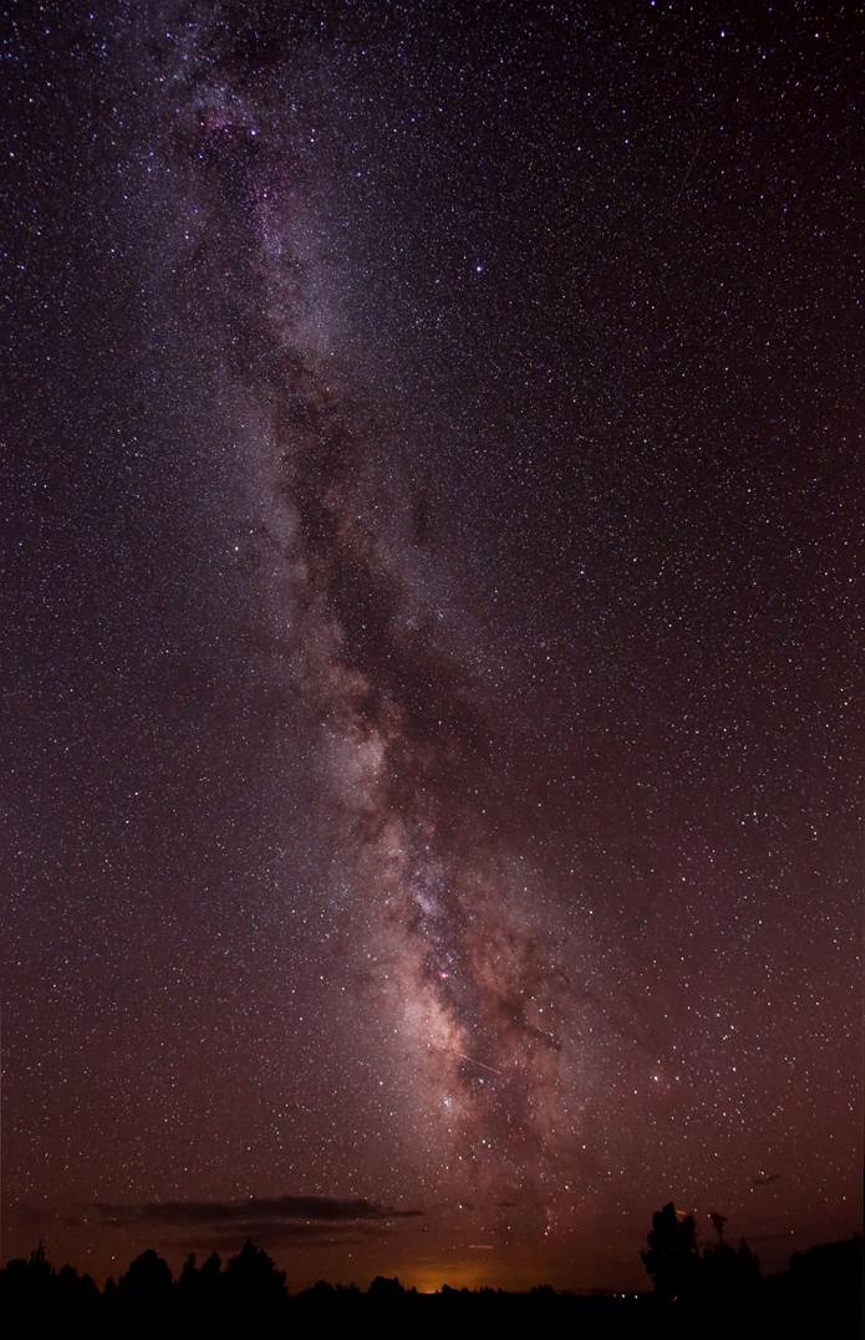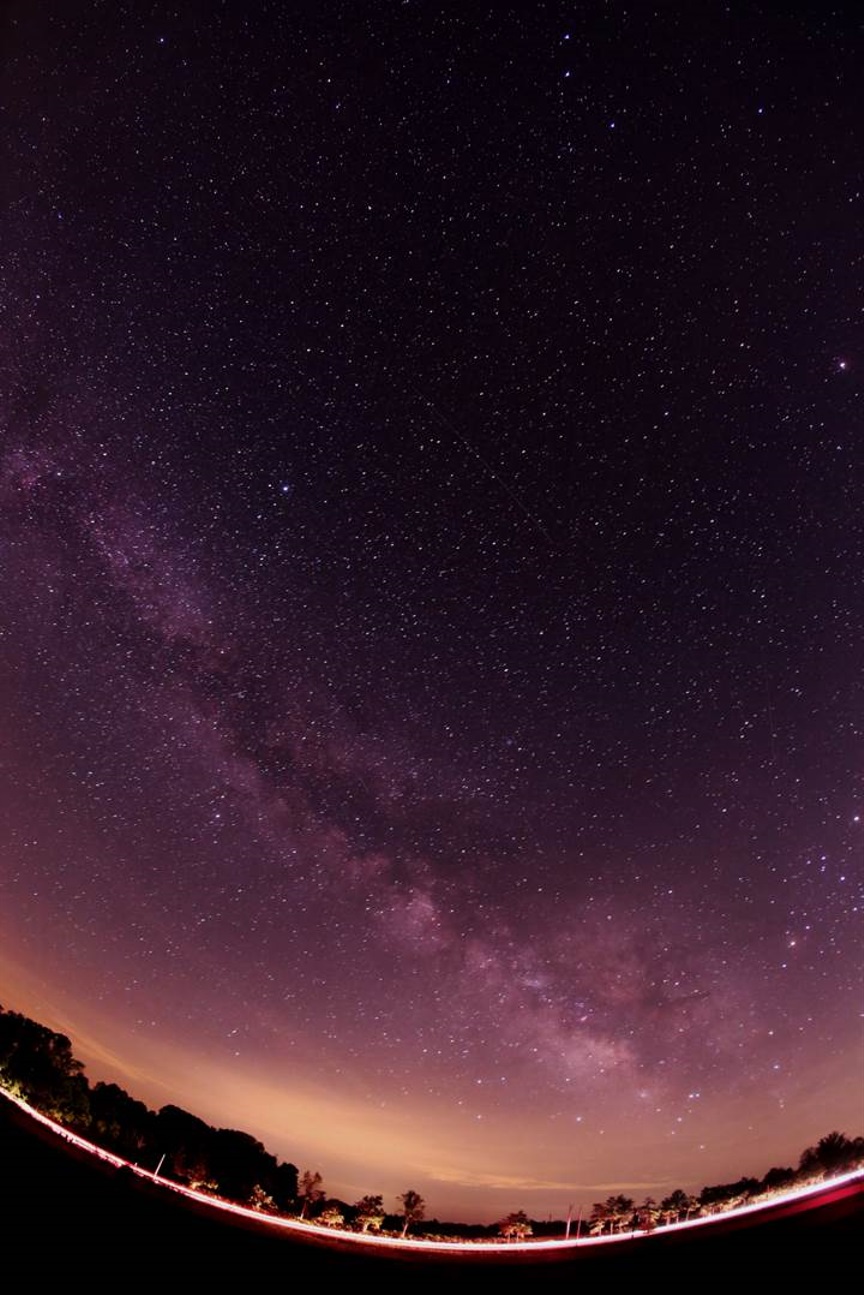
Pickett State Park
On July 11, 2015, we visited Pickett State Park near Jamestown, Tennessee, which was designated as a Silver-tier International Dark Sky Park on May 12, 2015. The “Dark Sky Park” designation has been awarded by the International Dark-Sky Association to just 26 sites worldwide. Here is a link to the website for the International Dark-Sky Association that discusses this designation and its significance:
http://darksky.org/idsp/parks/
In order to qualify as an International Dark Sky site, the site must satisfy stringent guidelines relating to the use and visibility of artificial light sources, as well as offer skies that are dark enough to merit the designation.
I was excited when this designation was awarded to a site so close to my home in Middle Tennessee. As I’ve discussed in several other posts, I had previously visited two of the other sites that had been awarded this designation: Natural Bridges National Monument and Capitol Reef National Park in Utah. The eastern United States is heavily light polluted, and there are very few areas that are truly unspoiled. Natural Bridges and Capitol Reef are blessed with virtually no light pollution. They are “black” areas on the Light Pollution Atlas 2006, which signifies that their skies are almost completely free from light pollution. Here is a link to the website for Light Pollution Atlas 2006:
http://djlorenz.github.io/astronomy/lp2006/
By contrast, Pickett State Park is in a “blue” area on Light Pollution Atlas 2006. It is one of only two locations in the eastern United States that have been designated dark sky parks. I was curious to see how the skies in Pickett would compare to the spectacular dark skies I had seen at Natural Bridges and Capitol Reef on our Utah trip two years earlier.
Summers in Tennessee are very humid, and July cloud cover is unpredictable. Fortunately, during our
July 11 visit, everything broke our way. We had scouted the park in daylight and found an open area near the south end of the park with unobstructed views of the entire sky. We headed back there at dusk with clear skies in all directions. The site had been empty just an hour earlier, but as we arrived, we were excited to see about a dozen cars with several people setting up with a variety of equipment, getting ready to observe. This is rather uncommon in the southeastern U.S., in our experience, so it was exhilarating to visit a prime location and see others. We later learned that we had stumbled upon a star party that had been announced by the friends of Pickett State Park, which is a nonprofit organization that supports the park, for that evening. Here is a link
to their Facebook page:
[Link to Facebook page for Friends of Pickett State Park]
When we visited Natural Bridges and Capitol Reef in August 2013, we didn’t see anyone observing, other than a small group that arrived to hear a presentation by the sky ranger on one of the two nights when we were there. Another pleasant surprise was the presence of a dedicated electrical hookup at the Pickett State Park site that gives amateurs access to an AC power supply. We never noticed anything like this at the sites we visited in Utah.
Once the sky had fully darkened, and Jupiter and Venus had set, we were treated to beautiful, dark skies with excellent views of the Milky Way. While these were far from the spectacular Bortle 1 skies we had seen in Utah or the similarly spectacular views of the Milky Way we had seen on our recent trip to Chile, they were still some of the best views of the Milky Way I have ever enjoyed. The photos below tell the story best. Here is a 30 second exposure I took on July 11, 2015, in Pickett State Park of the Milky Way in the vicinity of Sagittarius and Aquila:

And here’s a photo we took of the same area of sky from Natural Bridges National Monument using the same equipment and settings in August 2013:

Obviously, the skies at Natural Bridges were darker and yielded a better photo. But the photo from Pickett State Park is still very good. We could not have hoped to capture views of the Milky Way anything like this from our observatory site in a rural area south of metropolitan Nashville.
The only downside to the observing site at Pickett State Park is that headlights from cars traveling down Tennessee State Highway 154 where it passes through the park are visible for roughly a quarter mile stretch. This can affect or even spoil astrophotos.
The photo below includes headlights from a passing vehicle:

On average, I saw car headlights about once every five minutes. Perhaps the state park system will add some low foliage on the south end of the site that will block interference from headlights at some point in the future.
Everyone we met was very friendly at Pickett State Park. It included a mix of local residents and people who, like us, had driven from various parts of the southeast. We also met briefly with Monique Hodge, a park ranger who had lots of useful information about the park. Unfortunately, a dog one of the stargazing families brought with them got a little too excited and almost knocked over our tripod and camera at one point, so we had to interrupt our conversation with Ranger Hodge to secure the equipment.
I highly recommend Pickett State Park as a dark sky destination for anyone within reasonable driving distance. There are several lodging options nearby, as well as cabins and campsites in the park that are available for rent. More information about Pickett State Park and the events it hosts can be found here:
http://tnstateparks.com/parks/about/pickett.
Copyright 2025 StarlingSkyBlog